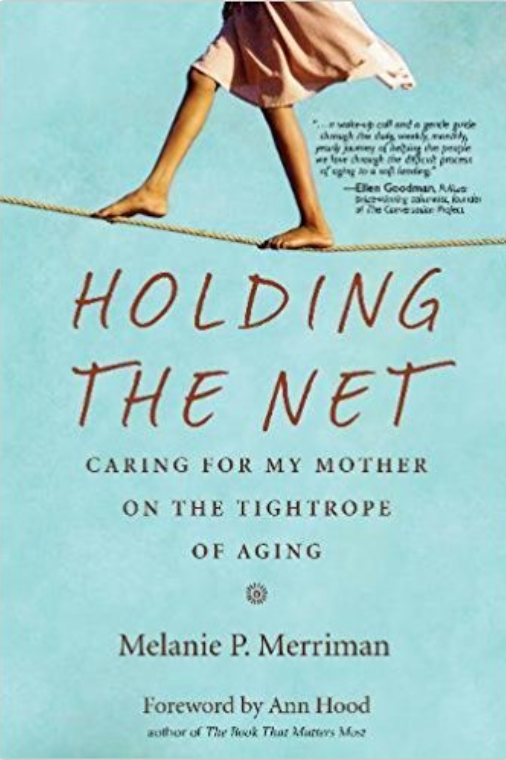CLASS RULES...on giving and receiving feedback
GIVING FEEDBACK:
1. START WITH WHAT WORKS AND WHAT IS STRONG. Identify which parts drew you in: touched you, made you laugh, feel sad, feel empathy, etc.
1a. Identify what about these parts were compelling—the voice, language, tone, style, or specific words and descriptions.
2. Identify those parts that are confusing, where you were taken out of the piece, where you weren’t involved.
2.a Identify why you were taken out—not enough details, too many details, something you didn’t need to know so much about, etc.
3. Try to identify what the story is about?
4. Communicate if there is something that is unclear, or that you’re not understanding.
5. Pay attention to pacing. Does the story move forward?
6. Pay attention to setting. Are the scenes well drawn? Can you make movies out of his or her sentences?
7. Refer to the author as “the Narrator.” The story is NOT the person, even if the story is true. We give and get feedback on the writing, not someone’s life.
8. Try not to repeat what’s already been said. Say “ditto” regarding points/remarks already made, unless the repetition would be helpful.
9. Step up/Step back. If you find yourself talking a lot, please give air-time to others. If you find yourself being quiet, please push yourself to give comments. Becoming a good editor for someone else is the first step in becoming a good editor for yourself.
10. Once the facilitator has given feedback, the session is over.
RECEIVING FEEDBACK:
1. LET THE GROUP KNOW WHAT FEEDBACK YOU ARE LOOKING FOR. What would be helpful, portions that you have questions about, or what you need. (Asking for encouragement is valid.)
2. LISTEN. Write comments down. You can refer to these notes if you choose to, when you are revising/editing your piece.
3. KEEP QUIET. Never tell the class what you meant to say in the piece. If it’s not on the page, your story isn’t finished.
4. TAKE WHAT IS USEFUL AND LEAVE THE REST. Not all the feedback is going to be helpful.
5. Consider the source. Does the person have similar writing goals or writing styles? Do you respond to her/his writing?
6. Silence is also valuable. Sometimes people need time to absorb the work. Silence doesn’t mean people don’t like or appreciate the work.
7. After receiving feedback, ask questions for clarification.














